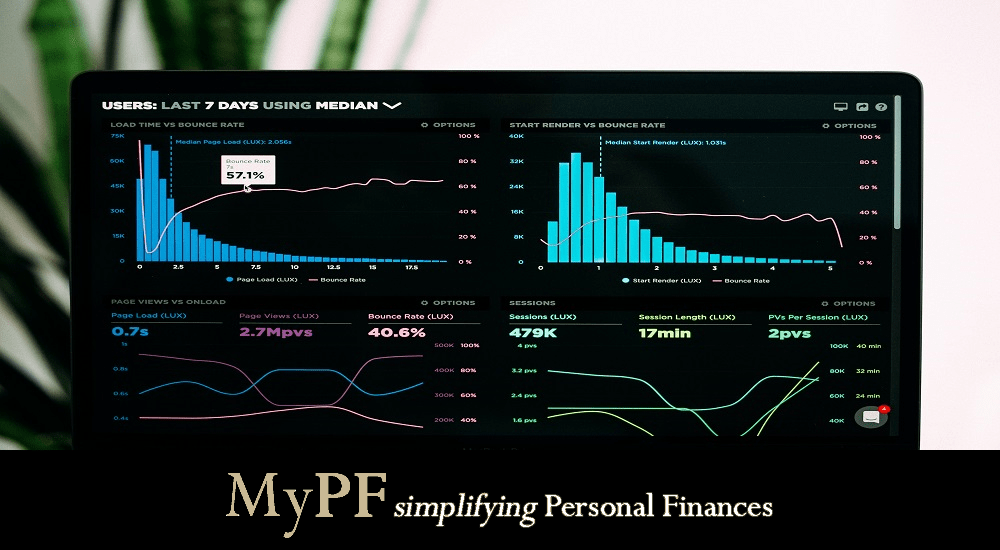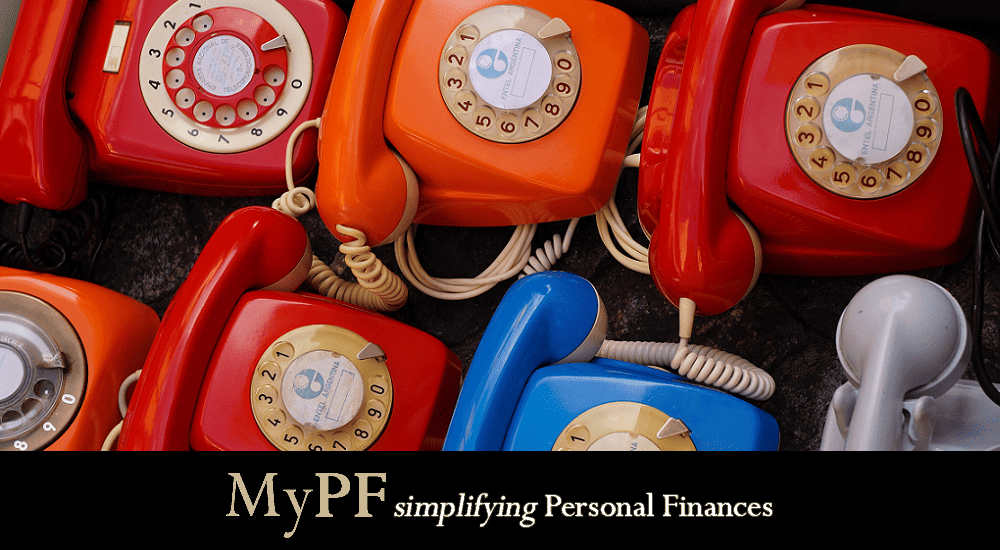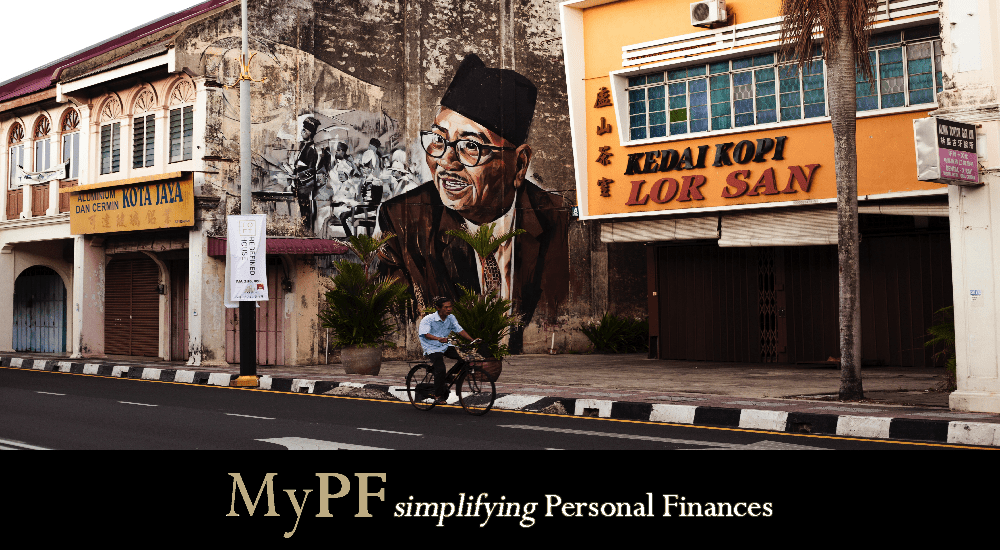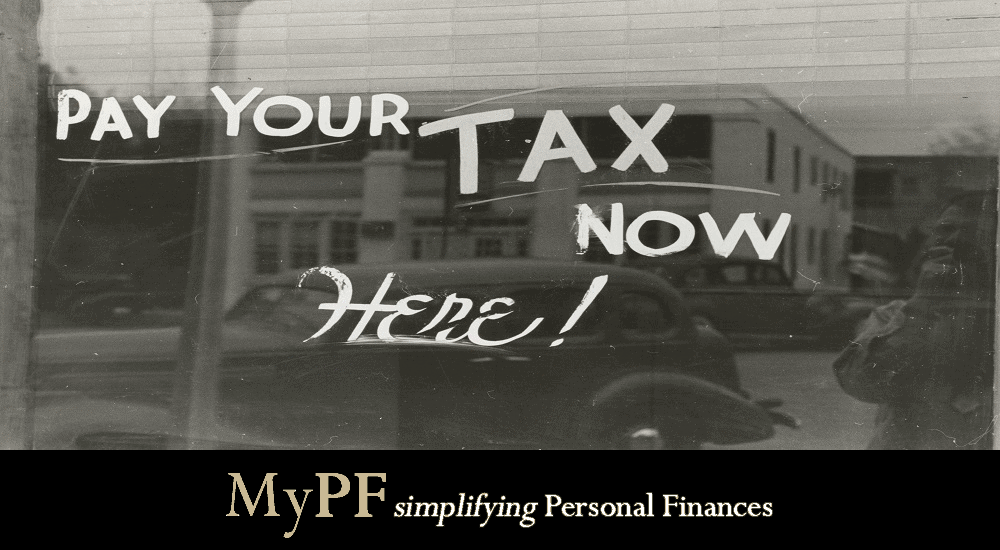In honor of Malaysia Day, we take a walk down memory lane to see how much things have changed in several aspects of personal finances since 1963.
Many things have changed since 1963. From a British colony to an independent country, Malaysia has charted its own path into the modern world with its own unique identity.
Since then, the personal finance landscape for Malaysians has changed – a lot. Hence, here are the 6 personal finance things that have changed drastically since the swinging 60s!
Contents
Our Data
The data that will be used in this article will come from multiple sources:
- Household Income: Anthony B.Atkinson, and Department of Statistics Malaysia
- Household Spending: MacroTrends
- Poverty Rate: Frank Peacock and Department of Statistics Malaysia
- Loan Interest Rate: World Bank
- Savings Rate: World Bank
- Tax Rate: Nurun N. Choudhry and LHDN
#1: Household Income
It is always very fascinating to see how much our salary has grown throughout the years. Data on this in the 1960s is scarce so we are relying on data estimated by Atkinson.
He estimated that Malaysian households earn a monthly income of RM386, which translates to RM4,632 per year. In 2022, that monthly number is RM9,428 (yearly income: RM113,136) RM and implies a 4.2% growth rate every year.
Many parts of the Malaysian economy have also grown a lot, which provided more job opportunities to everyone. This include the manufacturing and services sector which makes up about 80% of the Malaysian economy now.
#2: Spending
Oh look, a cafe! Words that would not have crossed the minds of most Malaysians in the 1960s. The spending now is vastly different from that period and hence, let’s see how much did Malaysians spend between these two periods.
In 1963, MacroTrends estimated that Malaysians spend RM2874 (US$958) per year, which translates to RM240 per month. Fast forward to today, they spend about RM2568 per month. Hence, spending has grown by around 4.0% every year since 1963.
From here, it can be inferred that Malaysians are spending less as a percentage of their income in 2022 (27%) compared to 1963 (62%). Things have indeed gotten better since the formation of Malaysia.
#3: Poverty Rate
A bit of context here. In the 1960s, Malaysia recorded a Human Development Index (HDI) of 0.33. This basically means that the country was in a stage of low human development. It isn’t surprising then that poverty rate was around 40% in 1957, and subsequently rose to about 50% in 1970.
Malaysia has since embarked on aggressive programs to uplift most of its citizens from poverty. In 2022, DOSM reported that poverty rate was at 6.2% – a significant decline.
While Malaysians are experiencing higher cost of living recently (due to high global food prices), we are most certainly better well-off now with a HDI score of 0.81 which indicates ‘very high human development‘.
#4: Loan Interest Rate
The bane of everyone – loans and debt. The loan interest rate in 1969 was 9.1% and rose to as high as 12.6% in 1985. Can you imagine today paying those kind of interest rates on your loan? How did our parents and grandparents even afford to buy houses during that time?
Luckily, interest rates have since then declined to 4.1% in 2022. Loans are easier to get now as banks are more well-equipped to process paperwork, while personal income has also risen considerably.
#5: Savings
Malaysians save more now. Gross domestic savings percentage to gross domestic product (savings rate) translates to how much is saved by all Malaysians in comparison to how much income was produced by the whole nation.
Savings rate increased from 20.8% in 1963 to 30.8% in 2022. This is quite consistent with #2 where Malaysians have been spending less on things as a proportion to their income.
What does this mean? Compared to 1963, you probably have more stored up in case of an emergency and be able to pass on more of your wealth to the next generation.
#6: Tax Rate
There are only 2 things that are unavoidable in life – death and taxes. In 1963, with a yearly income of RM4,632, you would probably have paid a tax of RM299, which implies a tax rate of 6.5%. You will be charged 6.0% on your first RM2,500 and 7.0% on the remaining RM2,132.
Meanwhile, in 2022, you would pay RM12,684 or a 11.2% tax rate with a yearly income of RM113,136 and the most tax (RM5,700) at the bracket of RM70,000 to RM100,000 with a tax rate of 19%.
Well, you are paying more tax now but that isn’t necessarily a bad thing. The Malaysian government channels most of these money to provide Malaysians with education, transportation and healthcare now. Back then, these government services were scarce.
Conclusion
As we celebrate Malaysia Day, it is good to look back and reflect on changes since 1963. Most of them have improved for the better, especially with our income and savings. Poverty has also declined considerably since then. Our progress continues to march on consistently and we continue to be thankful of the life we have in this country.
Happy Birthday, Malaysia!
Let us know in the comments below on how your personal finances has changed over the decades.













Leave A Comment